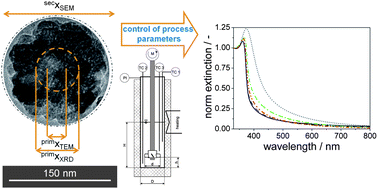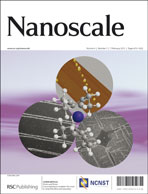Tuning the size and the optical properties of ZnO mesocrystals synthesized under solvothermal conditions†
Abstract
Mesocrystals are a promising class of nanomaterials enabling new optical and mechanical properties due to their three dimensional organization of primary crystallites sharing a common crystallographic orientation. In the present article, the influence of process parameters such as temperature profile and stirring on the primary and secondary size of


 Please wait while we load your content...
Please wait while we load your content...